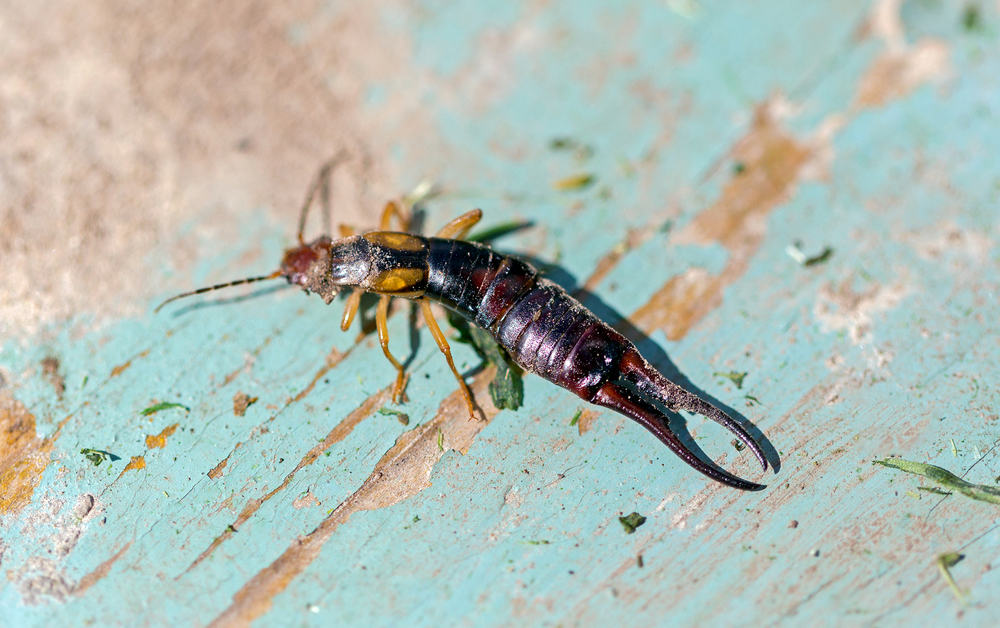If you are new to the Great North, there are a lot of things you won’t miss. You won’t miss sweltering summers. You also won’t miss things like tarantulas or scorpions, either. But, for every bug you don’t see, there may be new bugs you do see.
Did you ever wonder what kind of insects and pests you might find in a typical Alaska home? Our guide will help you learn about the most common ones. We’ll also instruct you on how to prevent them.
Which bugs are the most common pests in Alaska?
Believe it or not, many of the bugs you find in “mainstream America” are also common in Alaska. Here’s what you need to watch for.
1. Bed Bugs
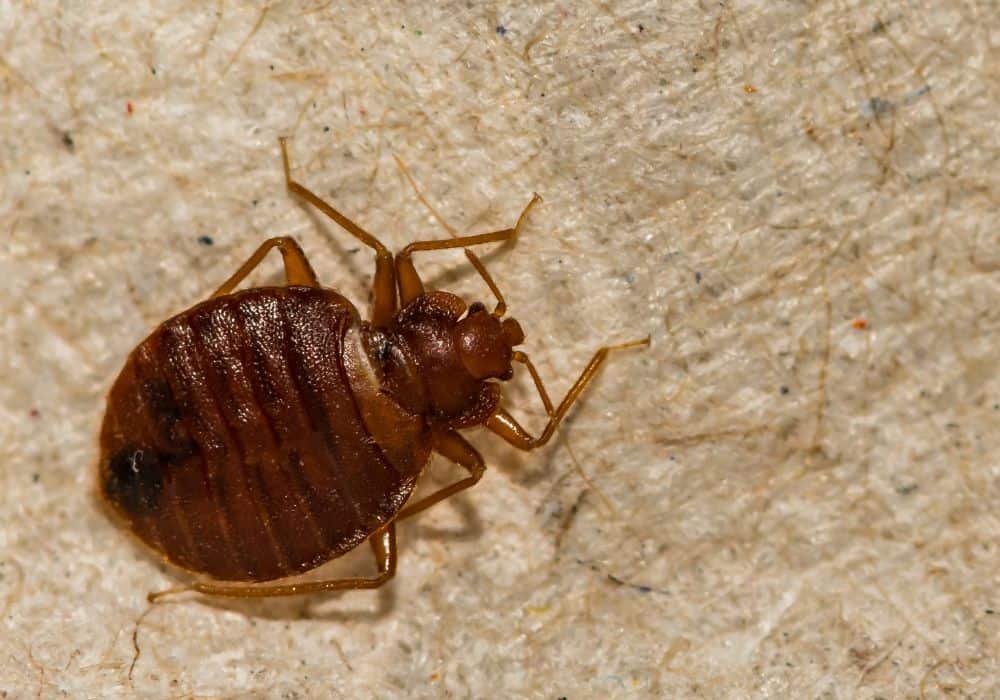
It’s true. It’s every single person’s worst nightmare: bed bugs. Even in Alaska’s harsh weather, these critters survive. Bed bugs are quite common in Alaska, primarily because they are more sensitive to heat than they are to cold.
These pests will leave bites in straight lines of three on your skin. They also will leave brown smears on your sofas, egg casings in mattress creases, and potentially give you a case of PTSD from trying to remove them.
Prevention is vital to them. The easiest way to avoid bed bugs is to check bags before you get home and to avoid entering homes with a known infestation. When at home, check your luggage and vacuum your areas frequently.
If you notice that you’re waking up with bug bites, check the seams of your mattress, your pillows, your blankets, and any cracks in your couch. These are common hiding places they use. If you see flat (or round) bugs crawling around, call exterminators.
PRO TIP – Familiarize yourself with bed bugs at all life stages. If you see one, call a pest control expert immediately. They do not respond to DIY treatments in most cases.
2. Cockroaches
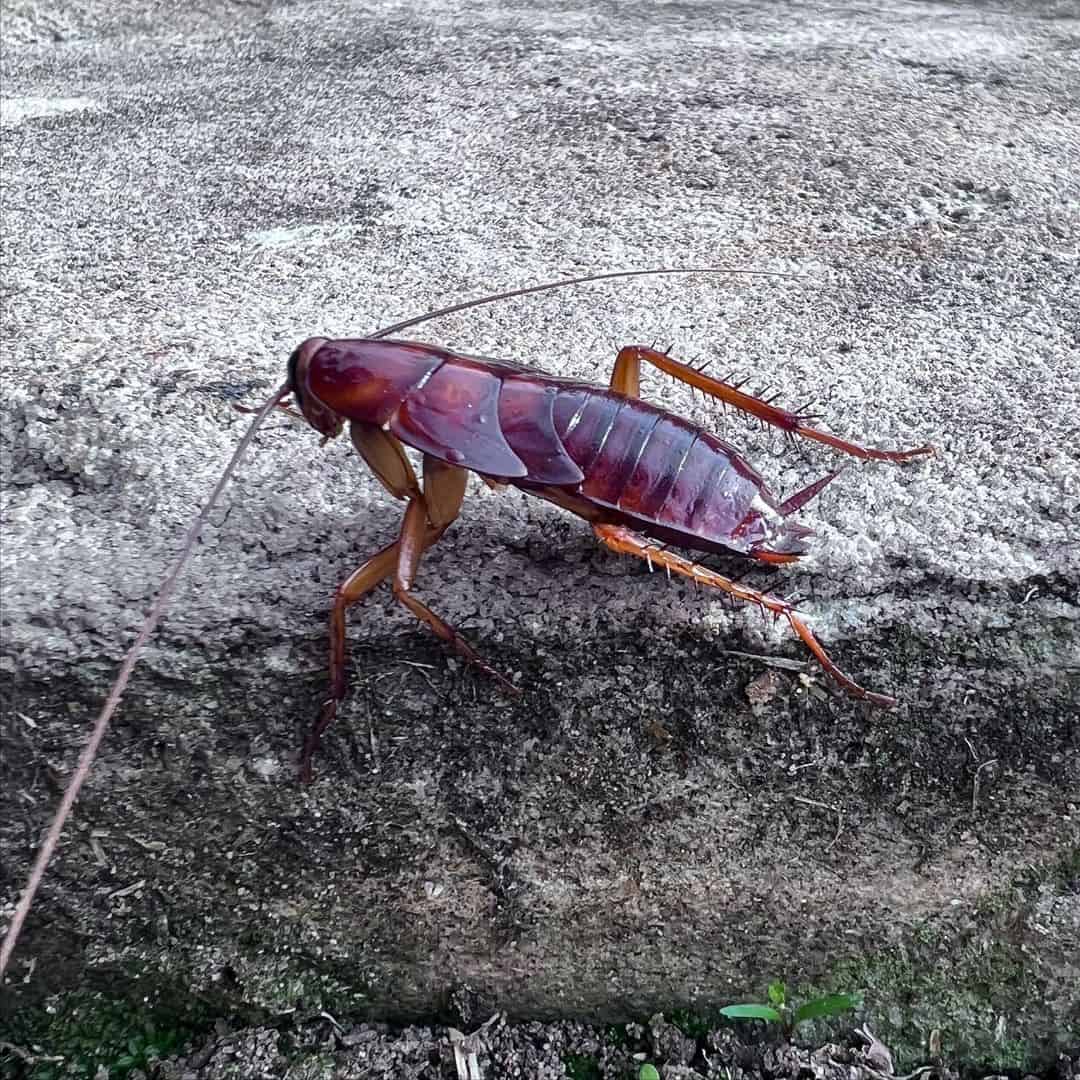
Image Credit: commercialpest
Cockroaches are famously difficult to kill. They can survive without air for 40 minutes, can go for three months without food, and are also capable of surviving nuclear war. The worst part is? By the time you see them, you have a serious infestation.
All the major types of roaches can be found in Alaska: Oriental cockroaches, German cockroaches, and American cockroaches. If you were hoping to escape to Alaska to get away from a roach infestation, you’re sadly mistaken.
Roaches are incredibly resistant to pesticides. They also can cause an allergic reaction in people and transmit disease. Keep your home clean, cover drains with pot lids, and don’t leave food out in the garbage.
PRO TIP – Taking out the trash every day is one of the best ways to prevent roaches.
3. Fleas
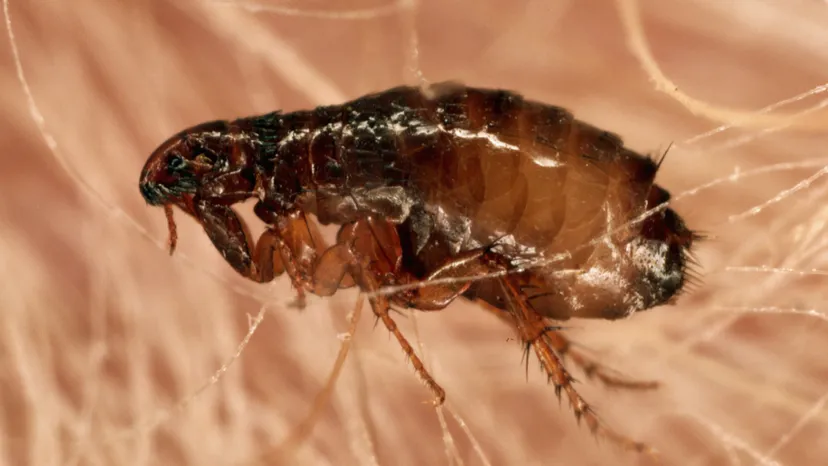
Image Credit: howstuffworks
Fleas are another major carrier of the disease, and this one tends to take people by surprise. These jumping insects don’t have wings but are famous for being able to seemingly fly through tall jumps. They are small insects that almost look like ticks with longer back legs.
Most fleas (unsurprisingly) get into homes by nesting in the fur of animals like cats, dogs, mice, and rats. Using a flea prevention treatment on your pets will help curb this from happening to you.
When fleas get inside your home, they typically start to nest in thick carpeting or shaggy fabrics. Regular vacuuming and using a flea treatment can usually clear up fleas.
4. Mosquitos

Did you think that you’d be able to avoid mosquito bites by moving up to Alaska? You might be unpleasantly surprised. These biting insects are often said to be the state’s “unofficial official” bird.
During the winter months, you won’t see them much. During summer, on the other hand, watch out! You should get mosquito zappers and repellent! Thankfully, you don’t get many of the rare illnesses that mosquitos bring in Alaska.
So, Zika and West Nile? Not really a thing up here.
5. Spiders
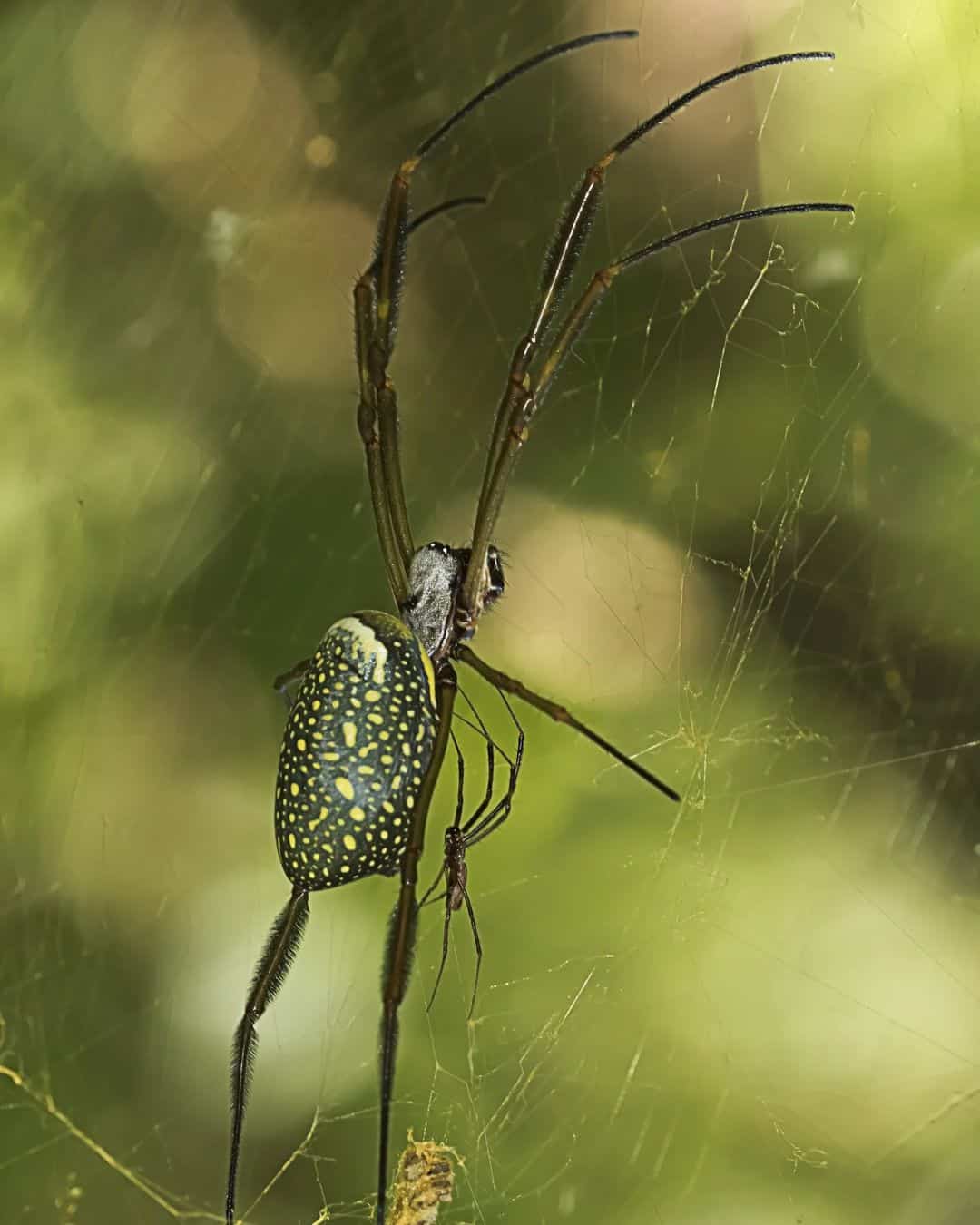
Love them or hate them, there are no real places in America that do not have some breed of the spider crawling around in them. However, there are some good bits of news when it comes to life in Alaska: a lot of the worst spiders are nowhere to be seen.
Alaska does not have brown recluse spiders or black widows. They also do not have Joro spiders or tarantulas. No, the most you’ll see in this state are going to be the small spiders that don’t do much aside from eating other pesky critters.
PRO TIP – If you notice a lot of spiders in your house, you may want to check to see what other critters are roaming around your area. Spiders and other bugs like them prey upon many creatures we deem pests. If they’re around, it means there’s a food source for them nearby.
6. Carpenter Ants

Image Credit: science.jared
Alaska doesn’t have termites, but there is another menace that can potentially harm the structure of your house: carpenter ants. These are large, blackish-brown ants that make their homes by burrowing large nests in your home. They leave piles of sawdust in their wake.
If you see a lot of black ants near your deck, wood trim, or anything else, call an exterminator. Then, call a repairman. If ants are left to their own for too long, the interior of your wood will be almost entirely eaten through. This can cause the collapse of housing and decks.
Carpenter ants are a big, big problem in Alaska. If you notice that your wood exterior is damp or moldy, you need to address that immediately. These ants are a serious menace to your property and can quickly deteriorate a house.
Keeping wood treated with a sealant and avoiding too much dampness is the fastest way to curb their presence. Sprinkling your yard with diatomaceous earth will also prevent them from coming too close.
7. Silverfish
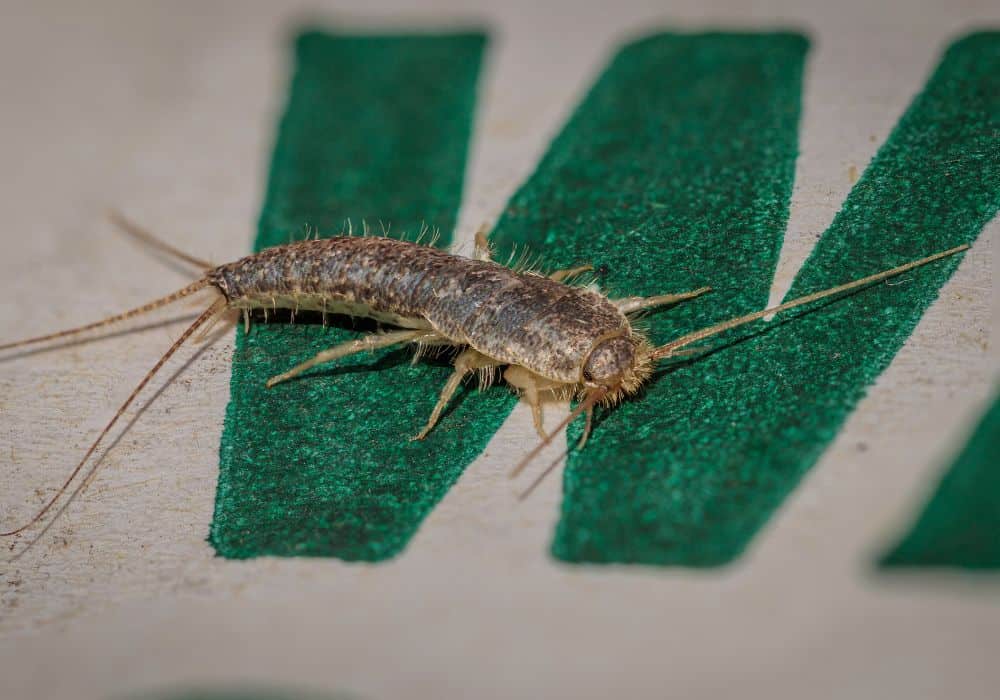
If you can’t tell from this list, there are a lot of different bugs that thrive on dampness here in Alaska. Silverfish is an example of this trope. These long-ish grey bugs have noticeable antennae and love anything papery, wet, and moldy.
They may not cause as much damage as carpenter ants, but that doesn’t mean they’re a walk in the park. They can infest bags of food, especially things like oatmeal and wheat. If your kitchen gets infested with them, it’ll be a hard time for you.
The best way to prevent silverfish is to keep the area dry. If you notice that your items have been infested, remove them and replace them. Much like cockroaches, prevention also requires you to keep food in pest-proof containers.
8. Cluster Flies
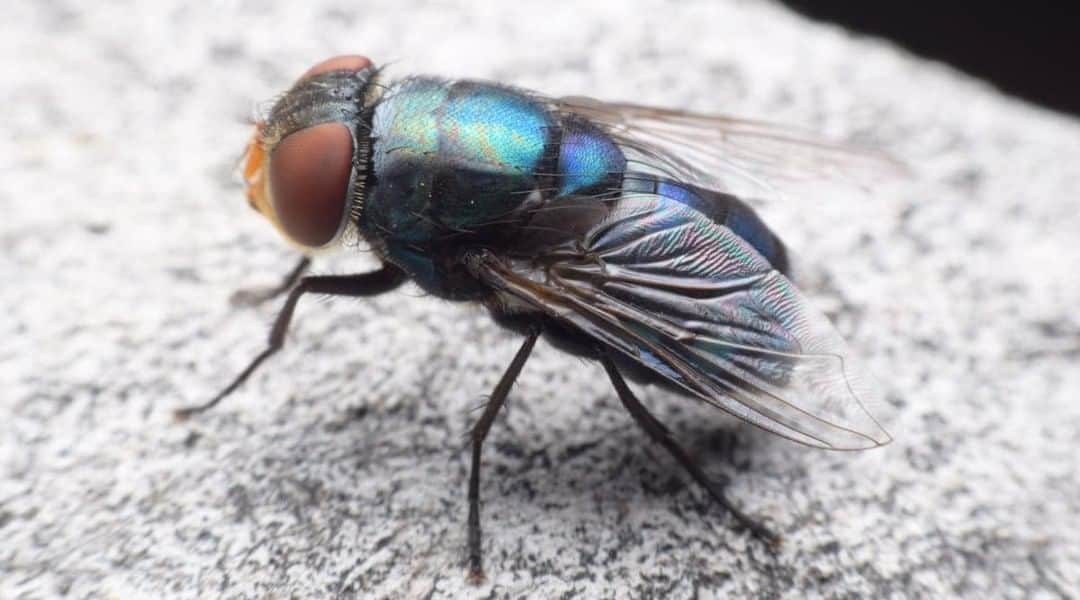
Image Credit: gaiapestnj
Cluster flies are exactly what they sound like. They are small black flies that tend to cluster together in large groups. They are slow-moving flies that won’t bite you or your pets. Some even mistake them for gnats or drain flies because of their patterns.
These flies are attracted to light and dampness. While they’re more annoying than anything else, they can show up whenever your porch light is on. If you find them in your house, this could be a warning sign of something else.
Cluster flies tend to be short-lived infestations since they aren’t interested in hanging out in your house. They just want to shelter from the cold. A typical infestation will last for three months.
Prevention is a piece of cake. All you have to do is seal up the gaps in your windows and creases. They get in through plumbing, cracks, and crevices—most commonly, through the roof.
9. Earwigs
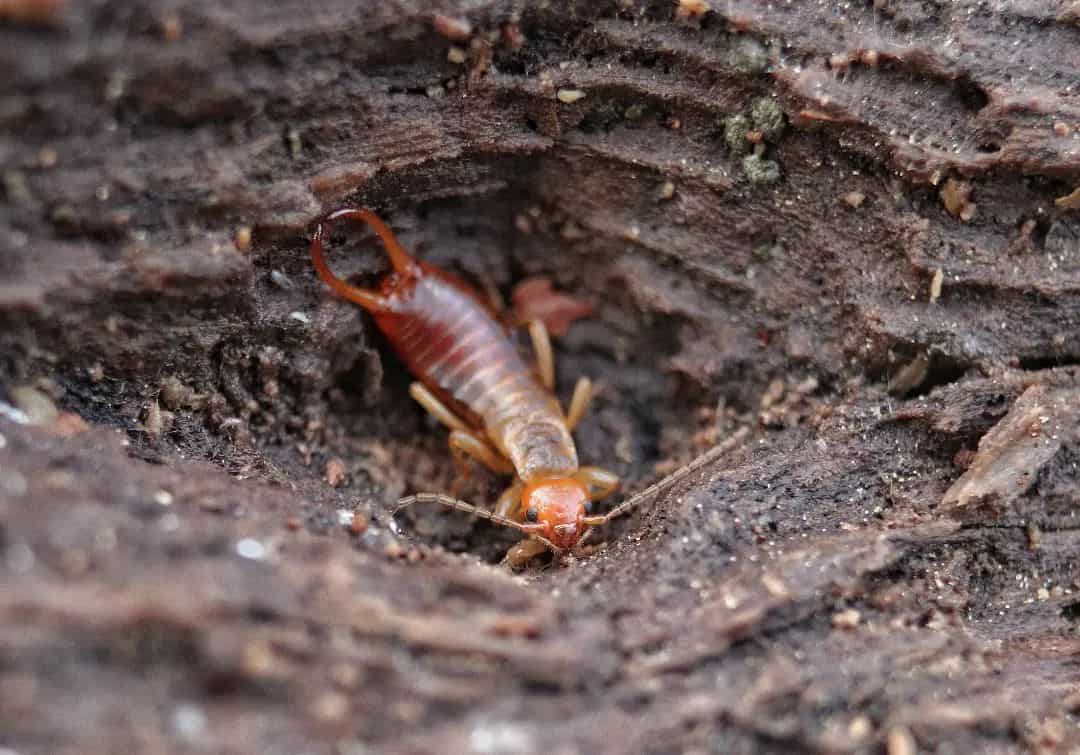
Image Credit: erika_5436
Everyone knows these bugs as long brown beetles with pincers on their behinds. No one knows why they get that name, though, since they don’t crawl in peoples’ ears. They are a fairly annoying, visually-alarming house pest that is found throughout North America.
Like silverfish, earwigs tend to be drawn to moisture. A damp space for them is like their own little paradise, which is why they are most commonly found in basements and bathrooms. Thankfully, they don’t cause much damage to your home or health.
The easiest way to prevent earwigs is to keep your bathrooms and basements dry. A dehumidifier goes a long, long way in keeping these bugs disinterested in your home. Putting petroleum jelly around houseplants can also prevent them from munching on plants.
In conclusion…
Alaska is blessed not to have a major problem with things like scorpions or tarantulas, but that doesn’t mean it’s a pest-free state. No state is! If you want to move to the Great North, it’s best to know what to expect and prepare ahead.
With any type of pest, from bedbugs to fleas, an ounce of prevention can go a long, long way. Thankfully, there’s a lot that you can do to prevent bugs up North. A little research does it all.
